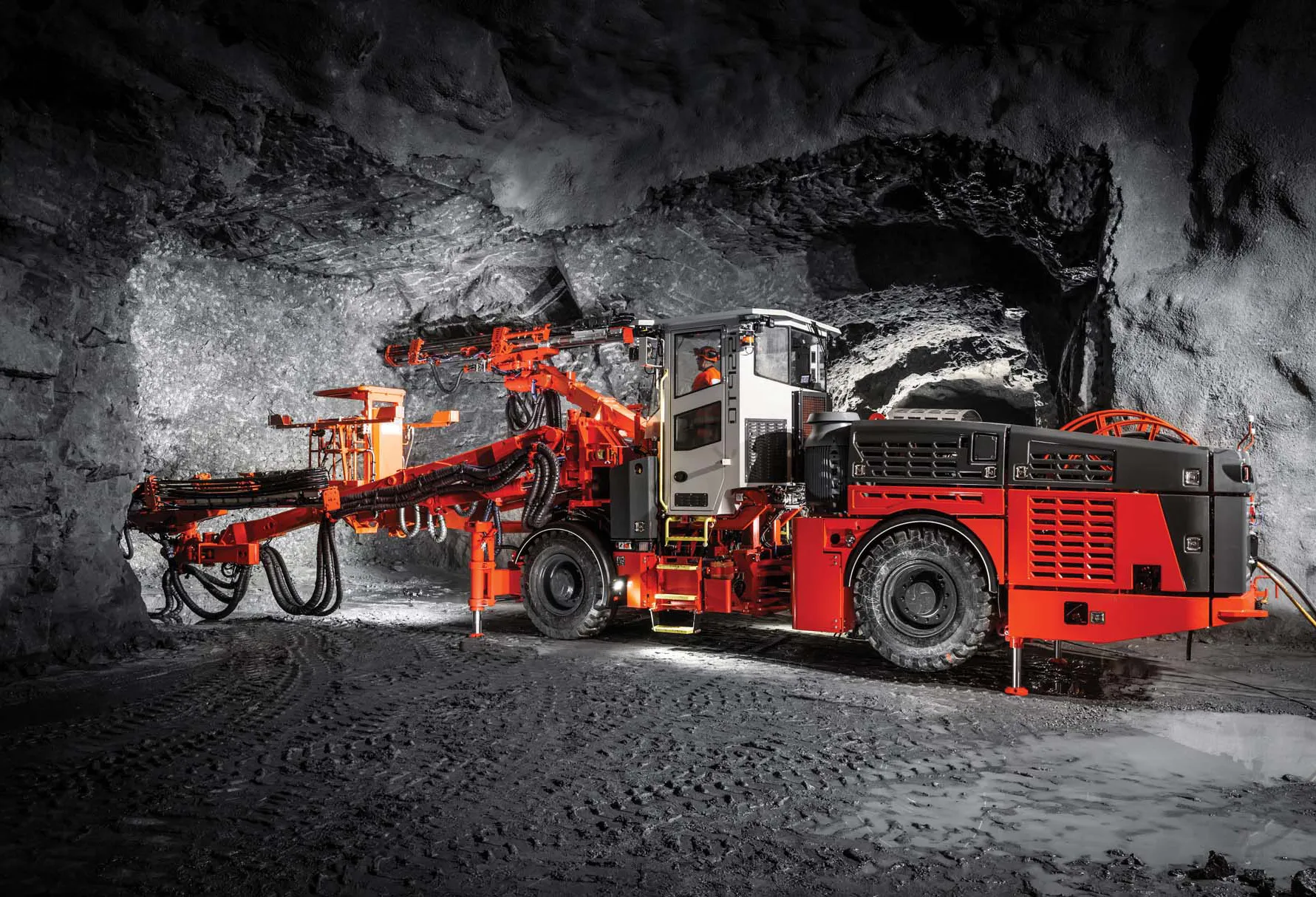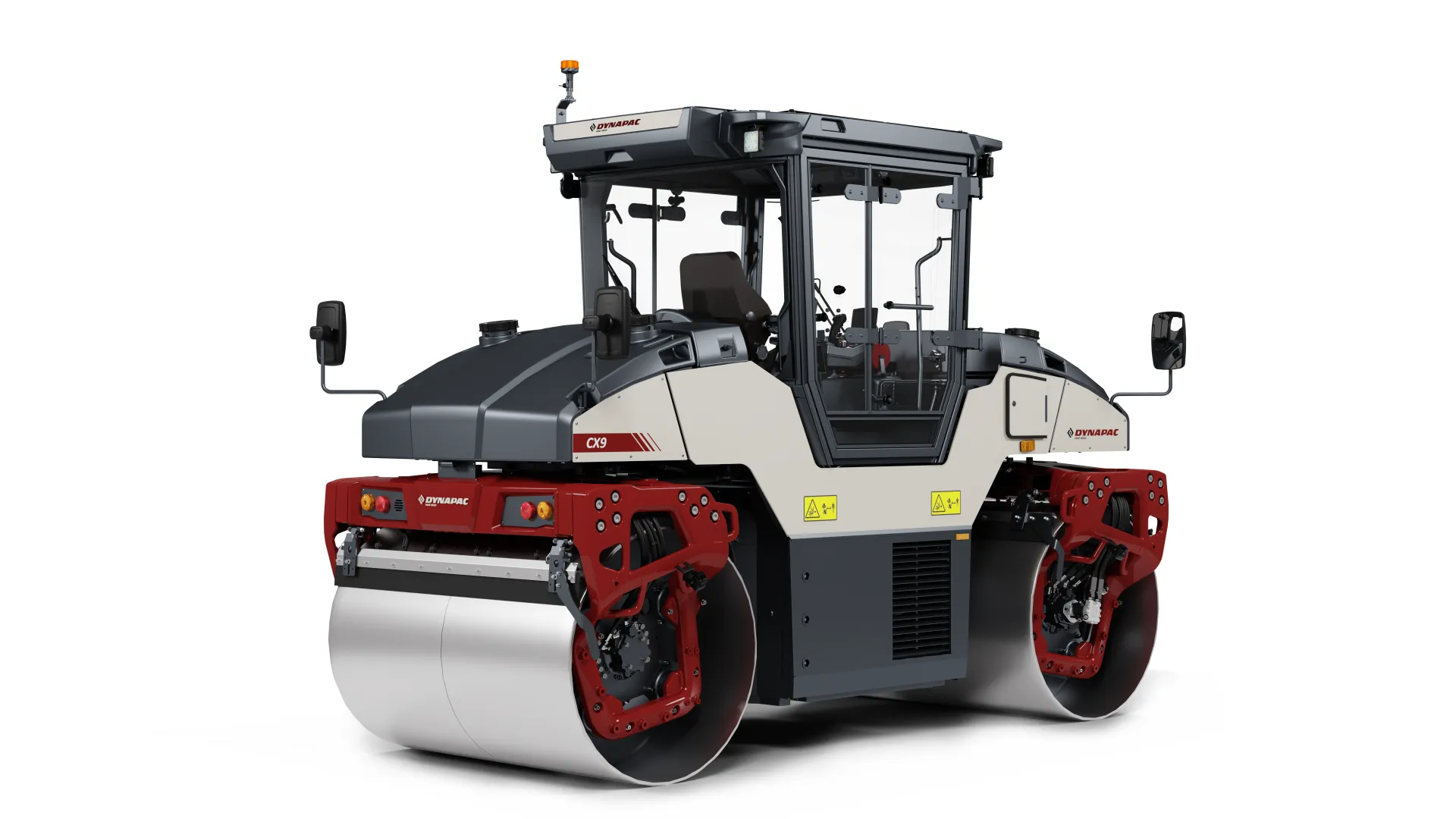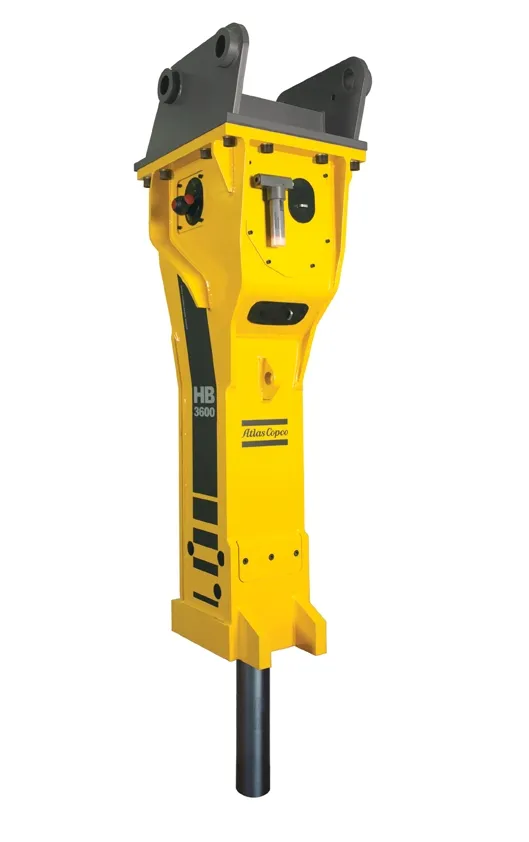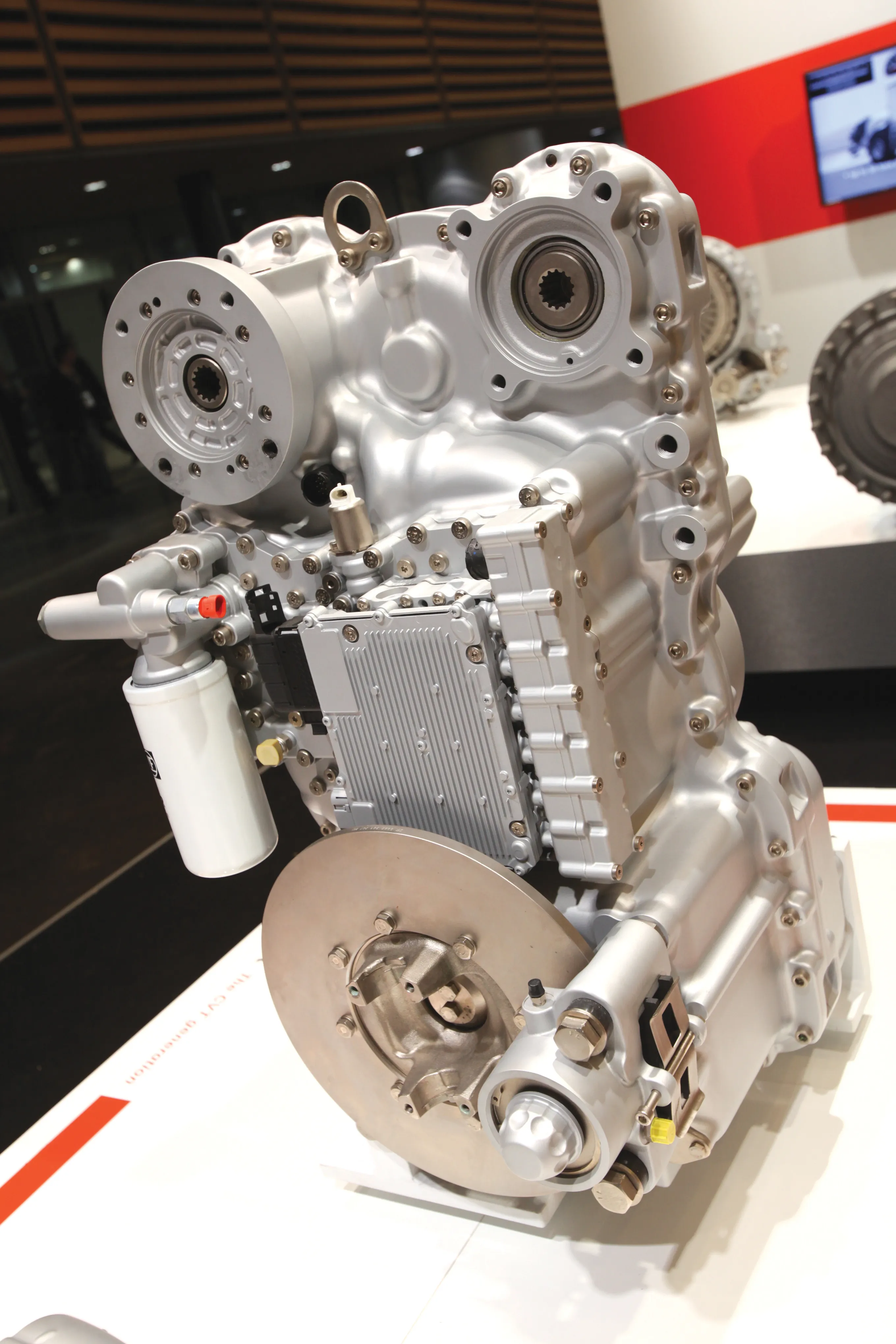Korean company Daedong claimed that its vibro breaker offers an efficient and productive alternative to using hydraulic hammers in primary and secondary breaking. The company is keen to boost its share of the export market and is targeting the extraction sector. Kevin Ahn, manager for overseas sales at the firm, said, “We are trying to introduce the product to the world.”
The Daedong vibro breaker is also said to be more durable, efficient and twice as productive as competing products using a similar con
December 14, 2015
Read time: 2 mins

Korean company Daedong claimed that its vibro breaker offers an efficient and productive alternative to using hydraulic hammers in primary and secondary breaking. The company is keen to boost its share of the export market and is targeting the extraction sector. Kevin Ahn, manager for overseas sales at the firm, said, “We are trying to introduce the product to the world.”
The Daedong vibro breaker is also said to be more durable, efficient and twice as productive as competing products using a similar concept. The vibration is generated by a patented eccentric weight system that is said to be reliable and long lasting, with minimal maintenance requirements. Ahn said that the unit is particularly productive when used to break sedimentary rock commenting, “You can achieve five times the productivity of hydraulic breakers.”
This can result in significant fuel savings and Ahn added, “We also have very low noise, so you can use it near housing.”
Meanwhile the forces generated on the hydraulic excavator are also lower than with a hydraulic breaker, reducing wear and tear, extending machine life and further cutting running costs overall. The unit is not suitable for use with hard rock such as granite but is said to be particularly effective when used with blasted rock, due to the presence of micro-cracking that optimises propagation and increases productivity. There are five units in the range, which suit carriers weighing from 12 to 65tonnes.
Meanwhile for quarry or demolition firms wanting to use hydraulic breakers, Daedong has also developed a special damped hitch system. Ahn said, “It protects the excavator and the operator as well. We’ve spent 30 months in development and we’re getting a patent for the rubber elastomer cushion system.”
The Daedong vibro breaker is also said to be more durable, efficient and twice as productive as competing products using a similar concept. The vibration is generated by a patented eccentric weight system that is said to be reliable and long lasting, with minimal maintenance requirements. Ahn said that the unit is particularly productive when used to break sedimentary rock commenting, “You can achieve five times the productivity of hydraulic breakers.”
This can result in significant fuel savings and Ahn added, “We also have very low noise, so you can use it near housing.”
Meanwhile the forces generated on the hydraulic excavator are also lower than with a hydraulic breaker, reducing wear and tear, extending machine life and further cutting running costs overall. The unit is not suitable for use with hard rock such as granite but is said to be particularly effective when used with blasted rock, due to the presence of micro-cracking that optimises propagation and increases productivity. There are five units in the range, which suit carriers weighing from 12 to 65tonnes.
Meanwhile for quarry or demolition firms wanting to use hydraulic breakers, Daedong has also developed a special damped hitch system. Ahn said, “It protects the excavator and the operator as well. We’ve spent 30 months in development and we’re getting a patent for the rubber elastomer cushion system.”









